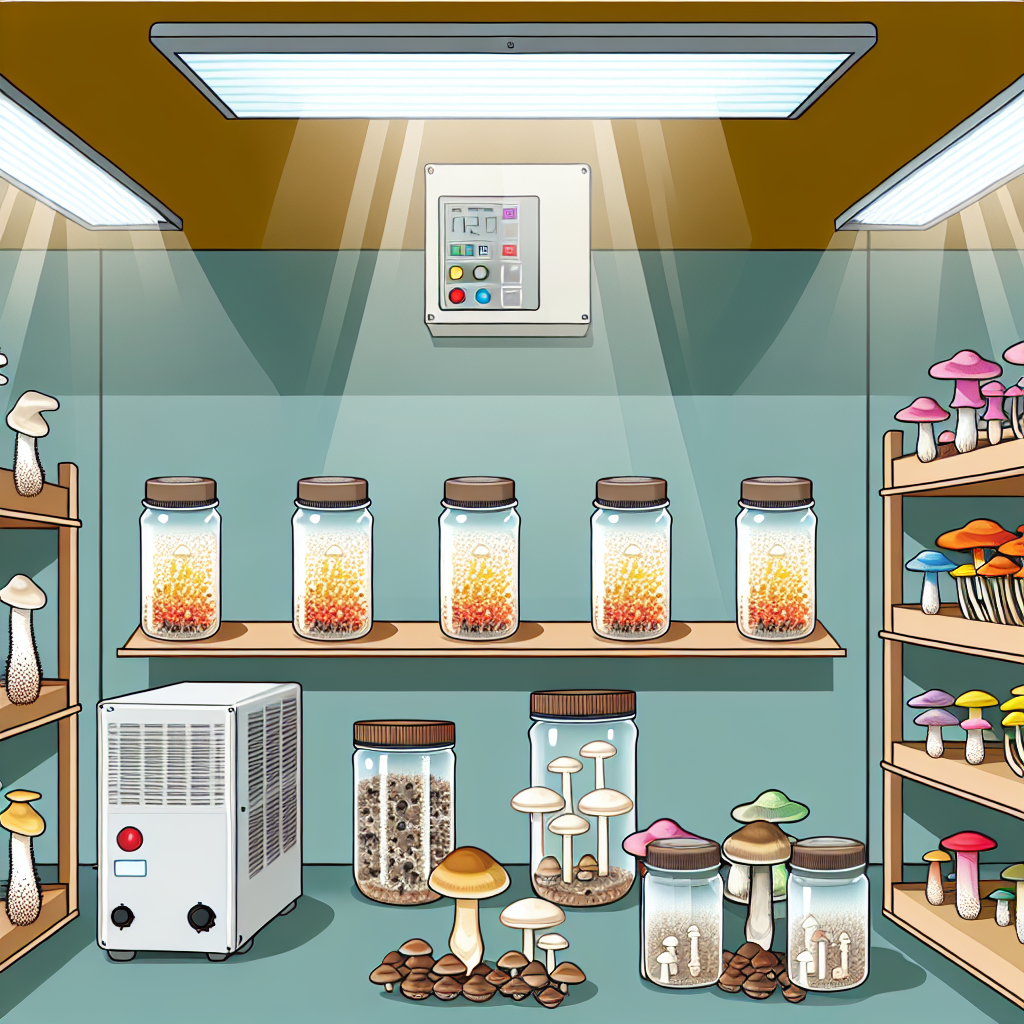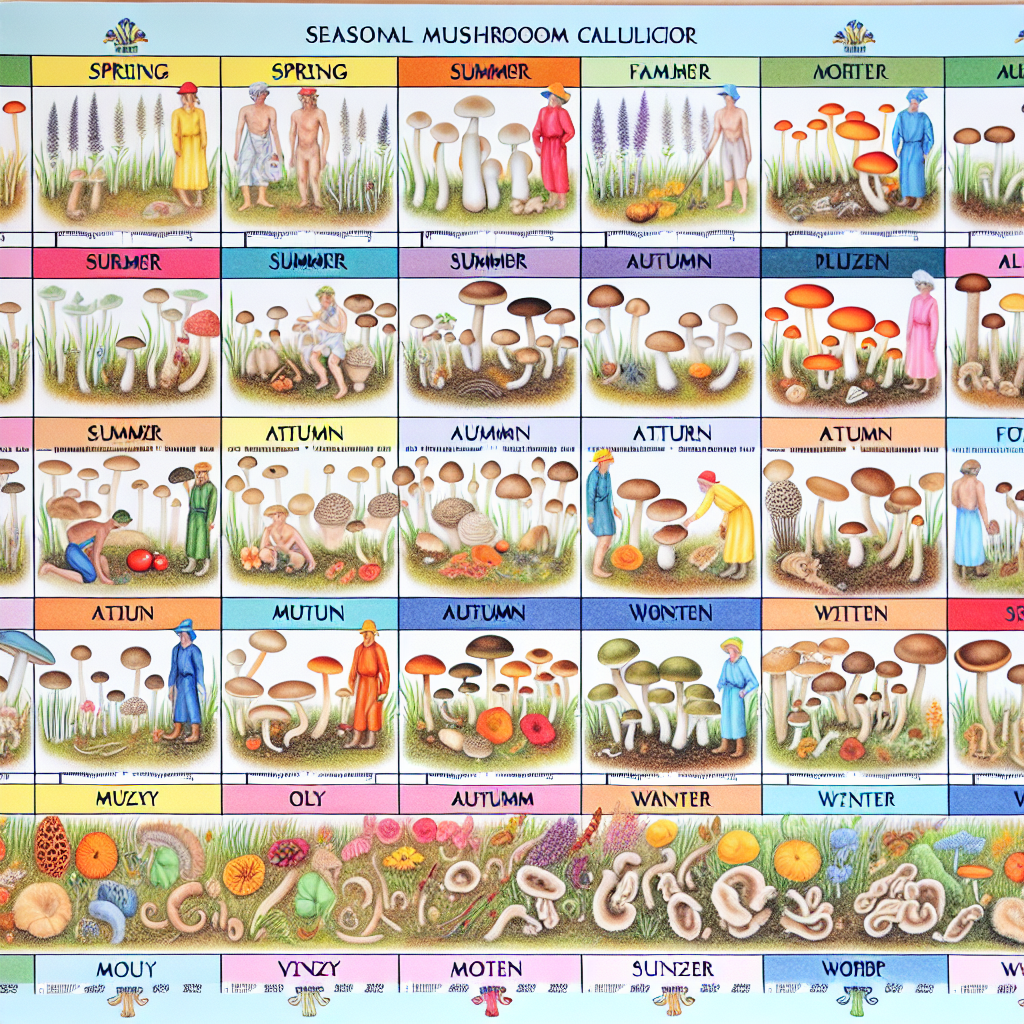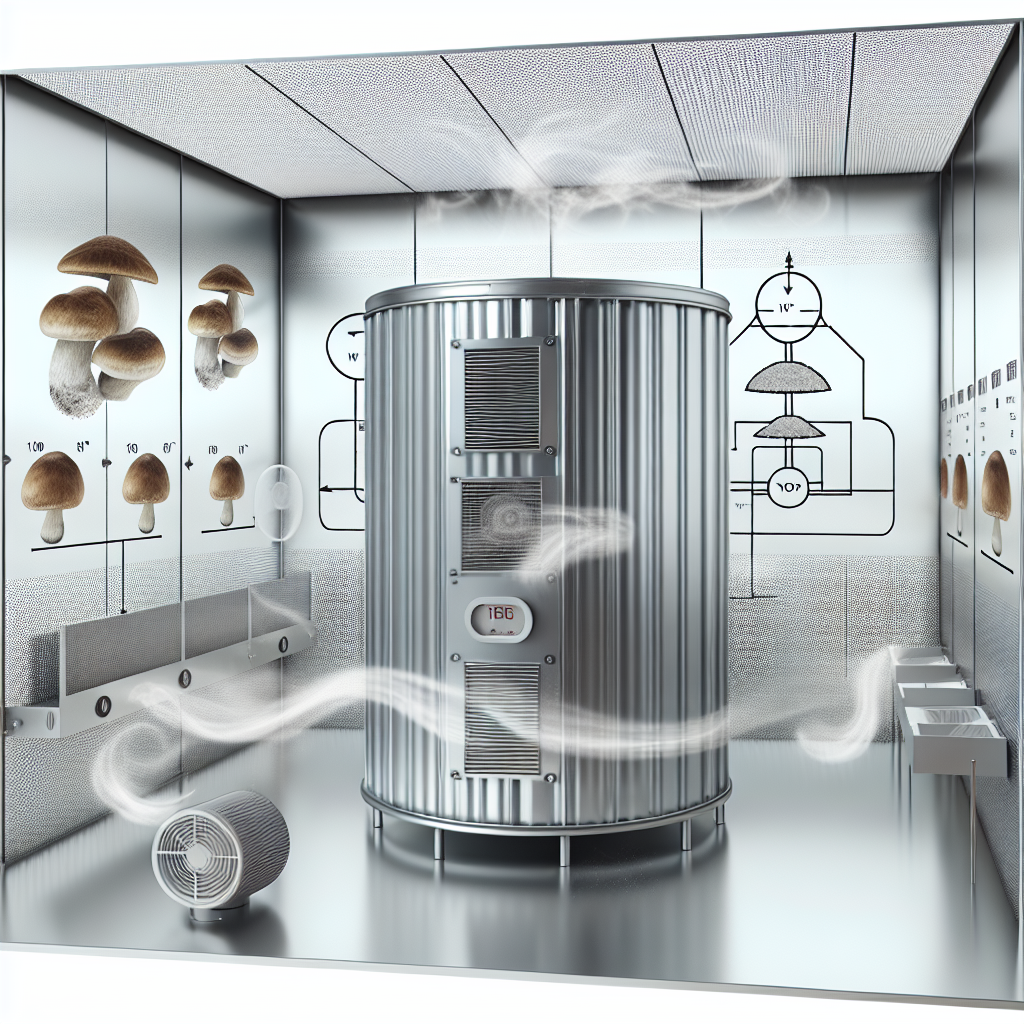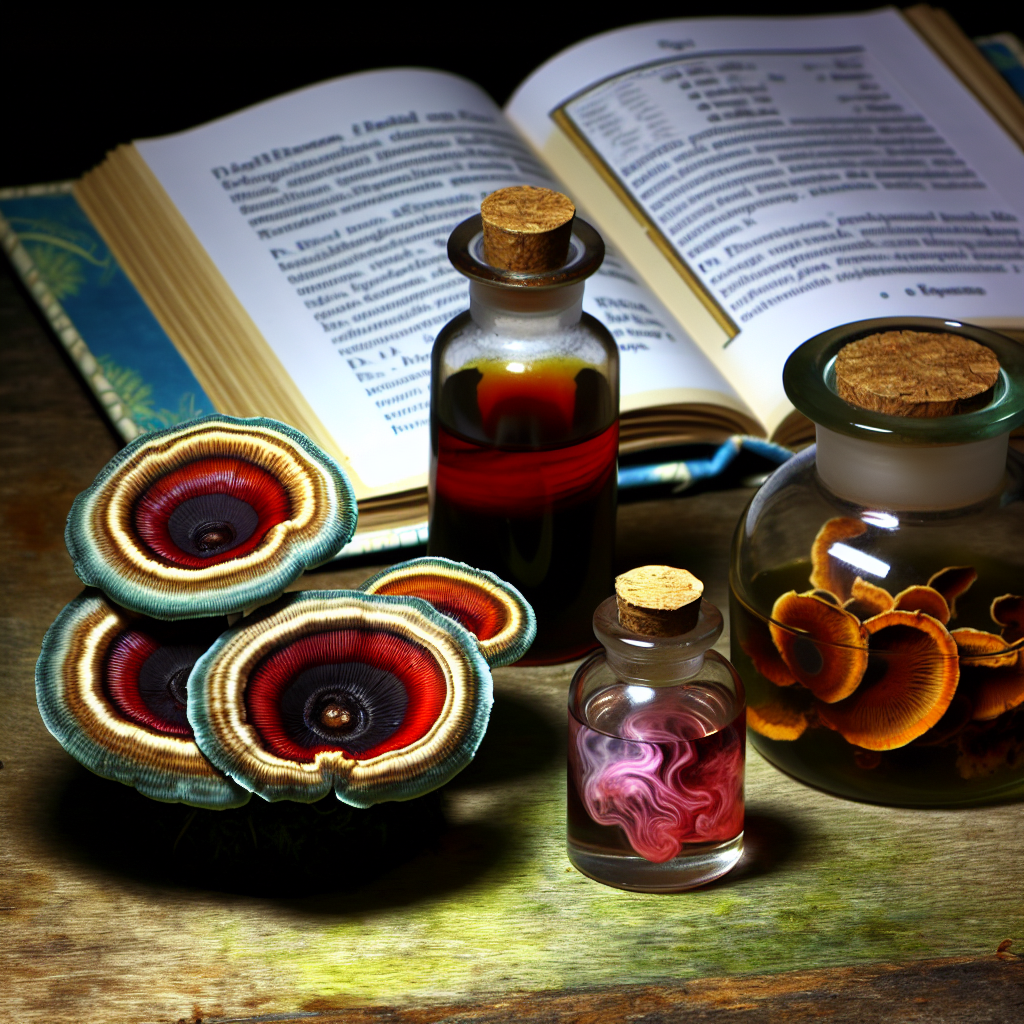Indoor Cultivation Techniques for Rare Medicinal Mushroom Varieties
As awareness of holistic healing and natural remedies grows, medicinal mushrooms are becoming highly sought after for their diverse therapeutic benefits. While some, such as Reishi and Lion’s Mane, have achieved recognition among health-conscious consumers, interest is now turning toward rarer mushroom varieties with compelling medicinal qualities that remain underutilized.
These include species like Cordyceps militaris, Turkey Tail (Trametes versicolor), Chaga (Inonotus obliquus), and Agarikon (Fomitopsis officinalis), all of which show promising potential in supporting immune response, enhancing cognitive function, fighting inflammation, and even exhibiting anti-cancer properties.
Why Cultivate Rare Medicinal Mushrooms Indoors?
Given the rarity of these mushrooms in natural habitats—often due to environmental pressures, overharvesting, or specific ecological conditions—indoor cultivation offers a sustainable solution. Cultivating rare medicinal mushrooms indoors not only ensures consistency and control but also preserves wild populations and allows for year-round access.
These species come with unique growth requirements, and replicating the conditions of their natural environments within controlled settings can be a complex but rewarding endeavor. Modern growers are increasingly combining traditional mycology practices with advanced environmental controls, biotechnology, and sustainable growing mediums to replicate the nuanced ecosystems these rare mushrooms thrive in.
From necessary climate conditions to specialized inoculation and substrate methods, indoor cultivation techniques are evolving rapidly. For those interested in home cultivation or commercial production, staying informed about the latest methods and science-backed techniques is essential.
Beyond cultivating for personal wellness, growing rare medicinal mushrooms can have broader implications for the nutraceutical and functional food industries. With ongoing research validating their bioactive compounds, these mushrooms are poised to play a transformational role in the future of integrative medicine.
Breakthroughs in Growth: Indoor Techniques and Scientific Validation
The increasing demand for rare medicinal fungi has led to expanded scientific interest in understanding their bioactive compounds and growth mechanisms. Scientists have begun to decode how controlled indoor environments can effectively mimic these fungi’s native ecosystems to maximize yield and potency.
Cordyceps Militaris: Himalayan Treasure Indoors
Cordyceps militaris, once only found growing in high-altitude regions of the Himalayas, was historically considered nearly impossible to cultivate. However, modern breakthroughs have demonstrated successful indoor cultivation using rice or silkworm pupae-based substrates.
A 2018 study published in Frontiers in Pharmacology successfully cultivated Cordyceps militaris indoors and confirmed its cordycepin content—a key compound with immune-regulating and anti-tumor properties.
Turkey Tail: Forest Healer Goes Lab-Friendly
Turkey Tail (Trametes versicolor) is another rare mushroom now more commonly cultivated indoors, primarily on sterilized hardwood sawdust blocks supplemented with bran. A landmark clinical trial by the NIH explored its use as an adjunct to chemotherapy in breast cancer patients, with results indicating increased immune response.
This has encouraged growers to adopt sterilized environments and precision humidification to replicate the damp forest conditions the species prefers.
Chaga: Mimicking the Boreal for Antioxidant Power
Chaga (Inonotus obliquus) is a parasitic fungus that grows on birch trees in cold climates and traditionally resisted artificial cultivation. Recent experimentation involving birchwood substrates and conditions mimicking boreal forests have yielded successful indoor harvests.
A 2020 study in Mycobiology explored Chaga’s antioxidant and anti-inflammatory potential and noted that mycelial extracts cultivated indoors maintained comparable activity to wild specimens.
Agarikon: Ancient Healer Meets Modern Tech
Agarikon (Fomitopsis officinalis), once called “elixir of long life” by ancient healers, inhabits old-growth forests and thrives in moist, unpolluted air. Due to deforestation and environmental threats, it’s one of the rarest medicinal fungi known.
Mycologist Paul Stamets and his team at Fungi Perfecti reported success in cultivating Agarikon indoors using complex environmental regulation systems that mimic the tree bark substrate and humidity of the Pacific Northwest rainforests. Research has shown that this mushroom exhibits strong antiviral activity, including against orthopox and herpes viruses.
Next-Level Cultivation: Tools That Are Changing the Game
Continued advancements in mycoengineering are making these mushrooms more accessible than ever. Today’s indoor cultivators are leveraging:
- Hydroponic-style humidification chambers
- HEPA-filtered sterile grow rooms
- Genetic optimization of fungal strains
- UV light cycles to simulate shaded forest environments
- AI-driven climatic control systems
These technologies not only enhance yield but also concentrate medicinal compounds, improving the quality and efficacy of the mushrooms grown indoors.
Conclusion: Cultivating Fungal Treasures for Wellness and Sustainability
Indoor cultivation of rare medicinal mushroom varieties is emerging as a vital strategy in both preserving vulnerable species and advancing integrative healthcare. Through ongoing research and technological refinements, growers can now successfully replicate complex ecosystems to produce sustainable, bioactive-rich mushrooms once limited by geography and climate.
Whether for personal health, academic inquiry, or ecological sustainability, cultivating these fungal treasures indoors allows us to unlock their full therapeutic potential—right from the comfort of our own homes.
References
- Cordyceps militaris and its Bioactive Compound Cordycepin
- Turkey Tail Mushroom Clinical Trial
- Chaga Mycelial vs. Fruiting Body Efficacy
- Fungi Perfecti Scientific Research (Agarikon)
Concise Summary:
The article explores the growing interest in cultivating rare medicinal mushroom varieties like Cordyceps militaris, Turkey Tail, Chaga, and Agarikon indoors. It discusses the benefits of indoor cultivation, the latest scientific breakthroughs in replicating natural ecosystems, and the advanced technologies that are making these fungi more accessible. The article highlights the potential of these rare mushrooms in supporting wellness and the future of integrative medicine.

Dominic E. is a passionate filmmaker navigating the exciting intersection of art and science. By day, he delves into the complexities of the human body as a full-time medical writer, meticulously translating intricate medical concepts into accessible and engaging narratives. By night, he explores the boundless realm of cinematic storytelling, crafting narratives that evoke emotion and challenge perspectives. Film Student and Full-time Medical Writer for ContentVendor.com




